Regrowing a Forest
lemiwinks
10 years ago
Related Stories
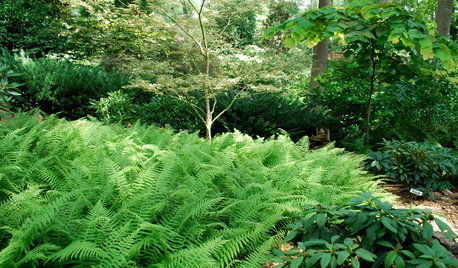
PLANTING IDEASFerns: A Shade Gardener’s Best Friend
Bring rich texture and contrast to a dark woodland landscape with wonderfully diverse ferns
Full Story
FARM YOUR YARD6 Things to Know Before You Start Growing Your Own Food
It takes time and practice, but growing edibles in the suburbs or city is possible with smart prep and patience
Full Story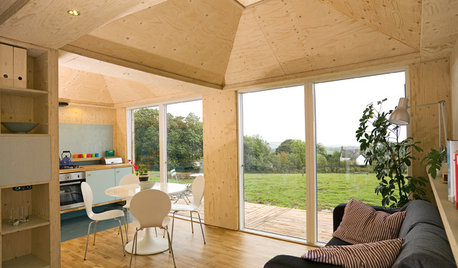
HOMES AROUND THE WORLD9 Houses That Show Why Wood Is the Material of the Future
Most people may associate wood with traditional homes, but in these innovative, modern structures, its uses are really branching out
Full Story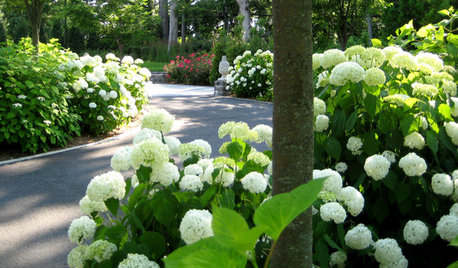
GARDENING AND LANDSCAPINGThe 3 Ingredients of a Magical Night Garden
Conjure an enchanting scene with luminous plants and lighting that evokes just the right level of landscape mystery
Full Story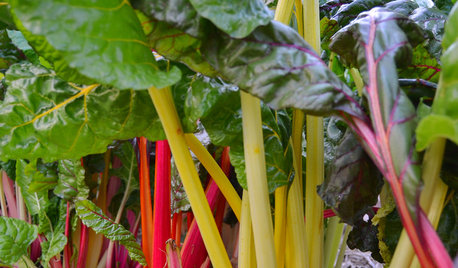
GARDENING GUIDESCool-Season Vegetables: How to Grow Chard
A year-round garden favorite with a colorful stem, Swiss chard comes into its own in early spring and in fall
Full Story
WINTER GARDENINGPruning Secrets for Exquisite Roses
Encourage gorgeous blooms year after year with this time-tested advice on how to prune your rosebush in winter for health and shape
Full Story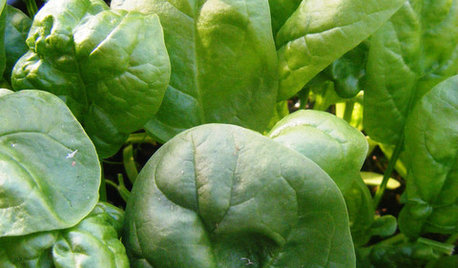
COOL-SEASON CROPSCool-Season Vegetables: How to Grow Spinach
Chock-full of antioxidants and iron, spinach is a nutrient-rich addition to your fall or spring garden
Full Story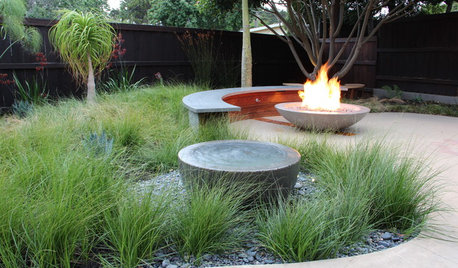
LANDSCAPE DESIGNEnergize Your Landscape With Masses of Grasses
Create year-round interest with waves of attention-getting grasses for all kinds of yards
Full Story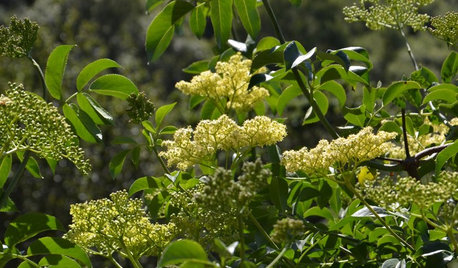
GARDENING GUIDESGreat Design Plant: Sambucus Nigra Caerulea for the Birds
Blue elderberry is a favorite of birds and other wildlife in its native California
Full Story
GREEN BUILDING5 Things LEED Interior Designers Want You to Know
LEED means healthier homes — OK, maybe you got that. But some of these facts about the accredited designers may surprise you
Full Story







Toronado3800 Zone 6 St Louis
edlincoln
Related Professionals
Marina Landscape Architects & Landscape Designers · Matthews Landscape Contractors · Waterbury Landscape Contractors · Garland Landscape Contractors · Lemont Landscape Contractors · Northbridge Landscape Contractors · Oak Forest Landscape Contractors · Plymouth Landscape Contractors · Winchester Landscape Contractors · Cypress Siding & Exteriors · Puyallup Siding & Exteriors · St. Louis Siding & Exteriors · Gaithersburg Decks, Patios & Outdoor Enclosures · High Point Decks, Patios & Outdoor Enclosures · Kearns Decks, Patios & Outdoor Enclosuresscotjute Z8
ken_adrian Adrian MI cold Z5
lkz5ia
mad_gallica (z5 Eastern NY)
floral_uk z.8/9 SW UK
drrich2
lemiwinksOriginal Author
ken_adrian Adrian MI cold Z5
famartin
greenthumbzdude
drrich2
sam_md
famartin
wisconsitom